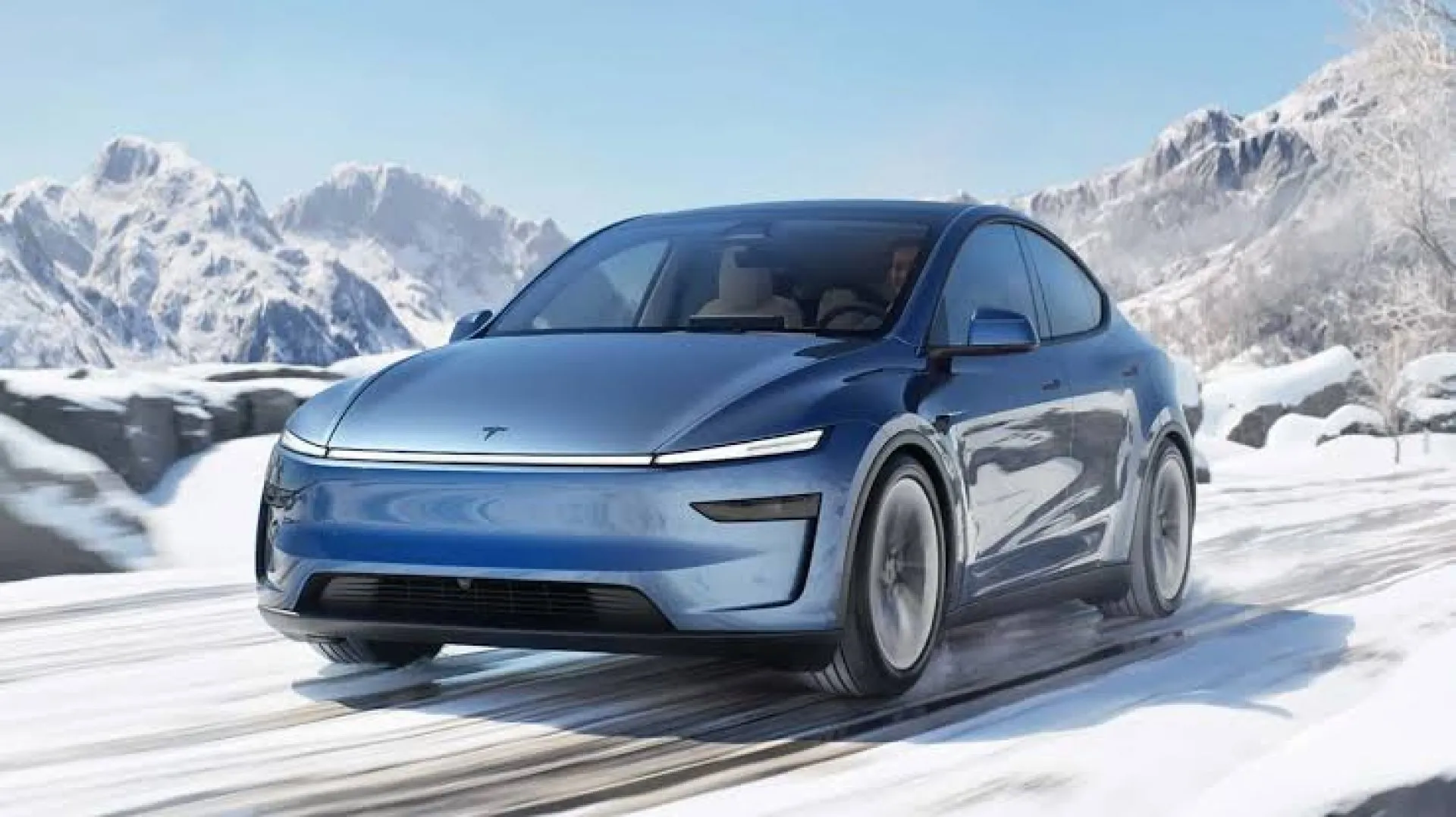Tesla, which has garnered significant praise in China with its Full Self-Driving (FSD) mode, has prompted Chinese companies to alter their plans.


Reportedly, BYD, which, like Tesla, is developing an autonomous driving system based on end-to-end neural networks, aims to unveil its first vehicle integrated with this ADAS (Advanced Driver Assistance System) before the end of the year.
Starting 2025 with a strong push by equipping even its cheapest vehicles with standard ADAS features, the Chinese giant is still unable to offer autopilot capabilities as advanced as Tesla’s FSD system for now.
To challenge FSD, BYD is working on a new system capable of exhibiting human-like driving behavior even in the most extreme scenarios, by building end-to-end neural network(s) instead of rule-based algorithms.
Powered by two NVIDIA Orin X chips, this system is being developed with the support of BYD’s newly established 500-person R&D team focused on artificial intelligence and machine learning. To catch up with Tesla, the Chinese giant needs to generate billions of kilometers of driving data to feed its neural network and build a supercomputer infrastructure capable of storing and processing it.